Elephant herds are the living examples of the strongest familial relationships in the wild, each member of the herd has a role to play to ensure that the herd is safe. For an animal that thrives in the company of similar majestic beings, a life in captivity is nothing short of torture and injustice. This is precisely why, when rescued elephants, arrive at Wildlife SOS, some of the most common questions we receive are, about their socialization with other elephants at the Centre.
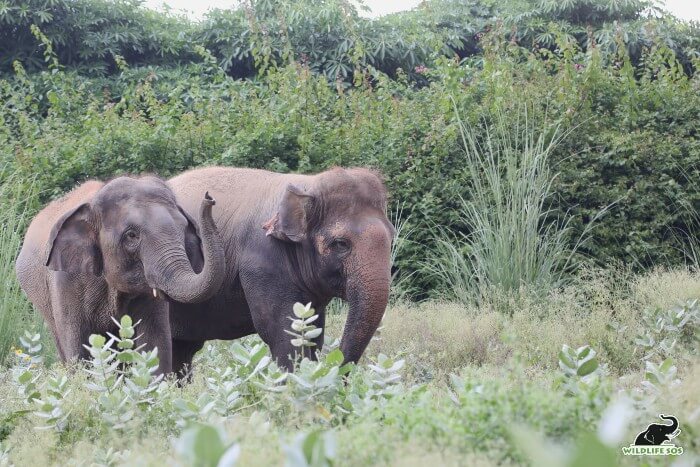
Rescued elephants are barely comfortable in their identity, unaware as to what it’s like to be an elephant in the first place. It is, thus, important to allow them the time they require to grow accustomed to their surroundings and the unfamiliarity of being surrounded by their own kind. While they settle, our elephant care staff and field team are able to ascertain their personalities and temperament, on the basis of which we decide which elephant herd they will best be with.
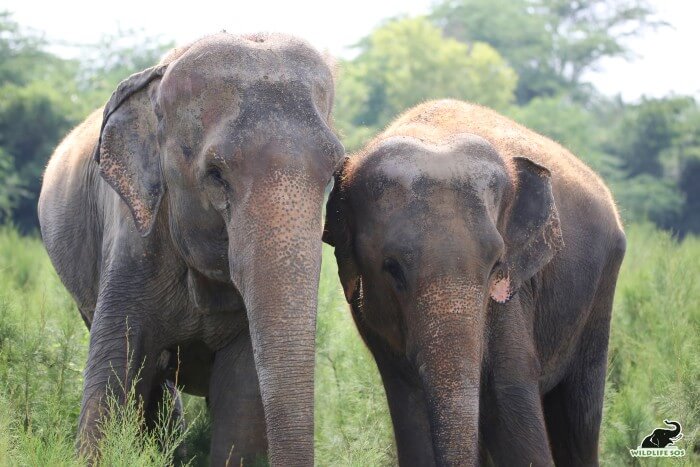
Young elephants are more energetic and active, which is why it is important to house them with elephants in their age range. As in the case of Coconut and Peanut, two of the youngest elephants under our care, they were rescued from the same circus and seem to be most comfortable in each other’s company.
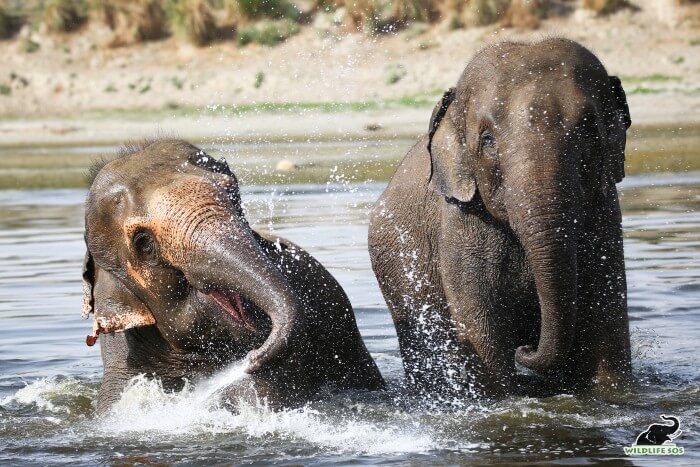
Young elephants who suffer from physical disabilities such as Zara cannot be introduced to elephants like Coconut and Peanut as they may just end up playfully bumping into her! Keeping her physical condition in mind, we paired Zara with Arya, who is blind and older, thus letting Zara be on her own for most part of the day until and unless it is time for walks.
Young bull (male) elephants like Ramu, Mac and Walnut are solitary in nature and prefer to their own personal space. They have free-ranging fields and spacious enclosures at their disposal filled with different enrichments to help them expend their energy.
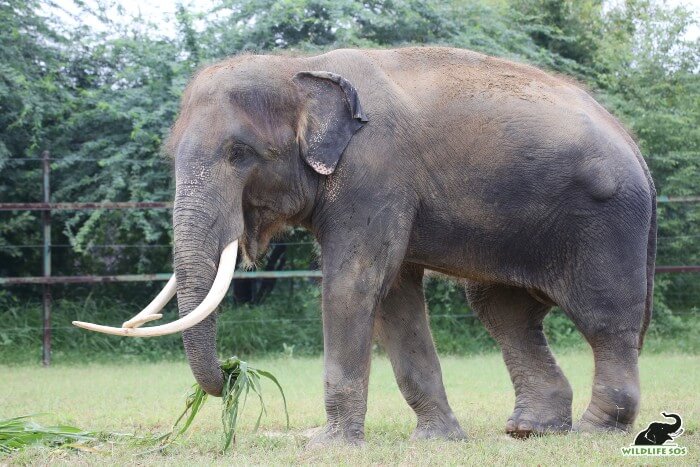
Naturally, these young elephants undergo regular periods of musth which is why there is a pool in their field for them to splash around whenever they want to. Bull elephants may experience higher levels of aggression and it is safer to keep them independently than grouped together, in order to avoid any untoward confrontation.
Elephants slated under specialized geriatric care and treatment need individualized attention, which makes it imperative for the elephant care staff to ensure they are comfortable at all times. Older elephants are usually grouped together or with elephants that are inching towards geriatric care, as in the case of Maya and Phoolkali or Karma, Kalpana and Holly.
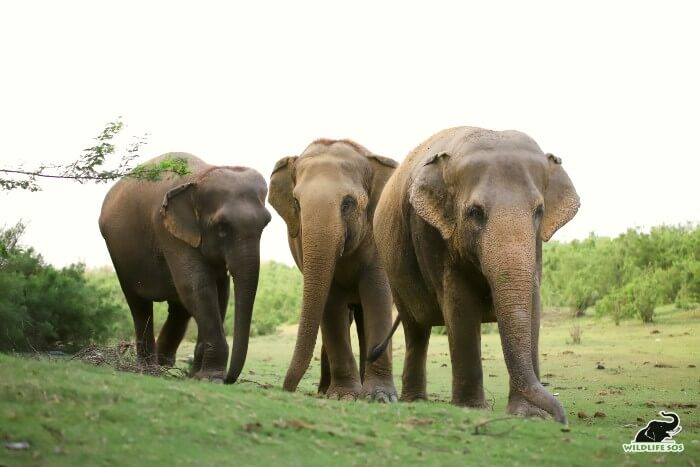
At 71, Suzy is the oldest elephant at the Elephant Conservation and Care Centre, and she is heavily reliant on Asha, who never leaves her side. Asha, in fact, acts as Suzy’s guide and usually leads their daily walks around the Centre under the watchful eyes of their caregiver Babulal.
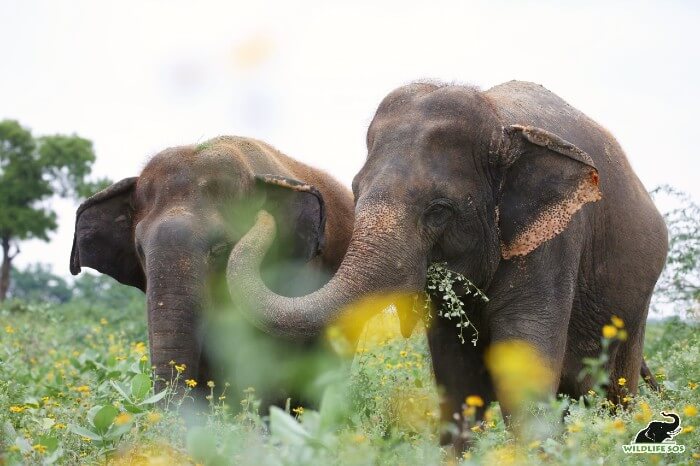
The socialising process of blind elephants is perhaps the most challenging. Blind elephants are more anxious and wary of their surroundings, with no sight to guide them; they purely rely on their sense of smell and hearing. While the voices of humans seem familiar, often reminding them of their past, the gentle trumpets are alien to them, in every sense. Ideally, we pair blind elephants with an elephant who has better vision.
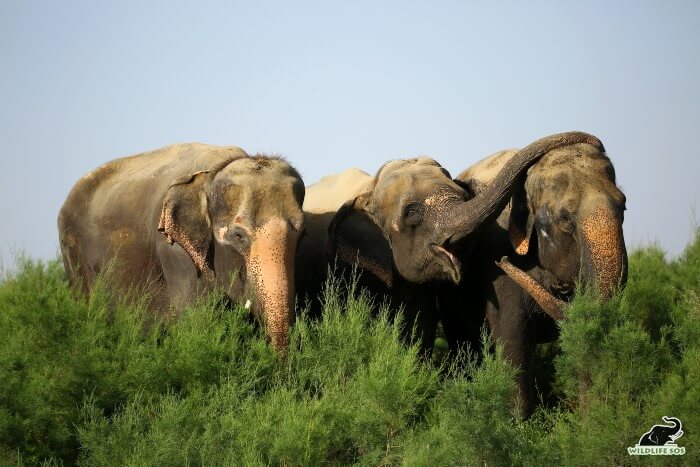
Elephants with proper vision or even partial vision act as a guiding light for the blind elephants, leading the way during the walks and even rumbling out to them when they’re lagging behind. Alert elephants will be quick to let out a stern rumble when their blind companion appears to be stepping on unfamiliar surfaces or runs the risk of hurting themselves.
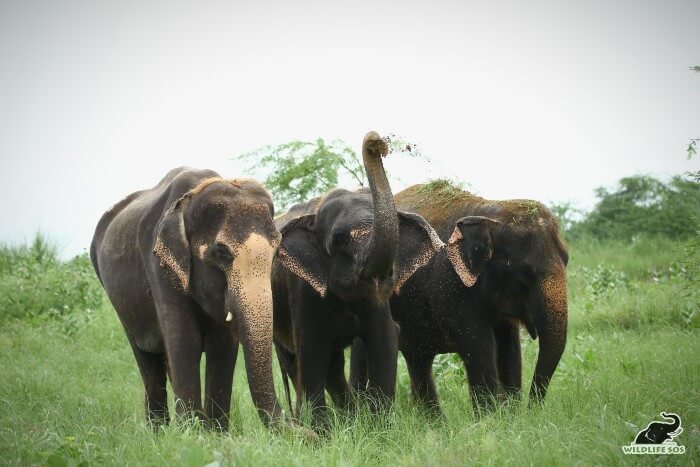
Such incidents have been noticed on various accounts from Kalpana and Holly, wherein Kalpana will always rumble when Holly strays too far.
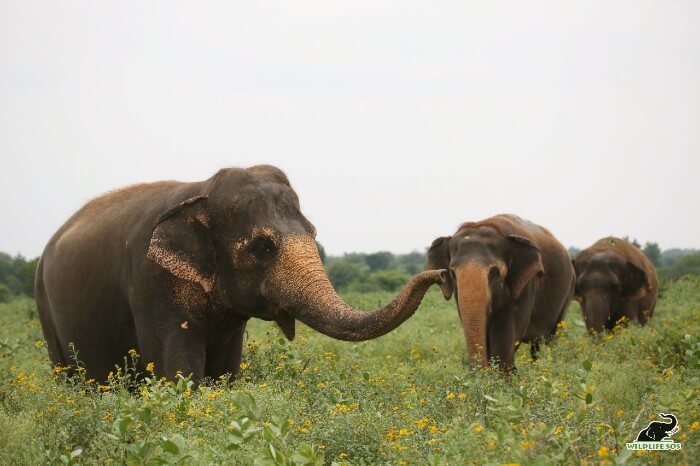
The veterinary team also prioritises the socialisation of newly arrived elephants only after a mandated 3 month quarantine period. During this period, there are various diagnostic tests and highly intensive treatment plans charted to suit the elephant’s compromised health. The immediate focus is to stabilize the condition of the elephant, before introducing them to any other elephant, as in the case of Nina.
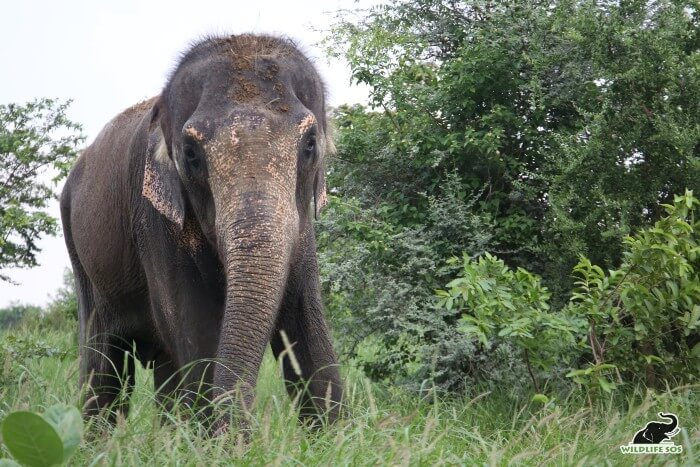
Nina, who was rescued nearly 3 months ago, is completely blind and is under geriatric care and treatment, presently. Owing to her past, she still is acclimatizing to the her new life. Our veterinary team and elephant care staff focus on managing her pain by giving her medication and supplements for her debilitating joint condition, which is precisely why her socialisation is still in discussion presently.
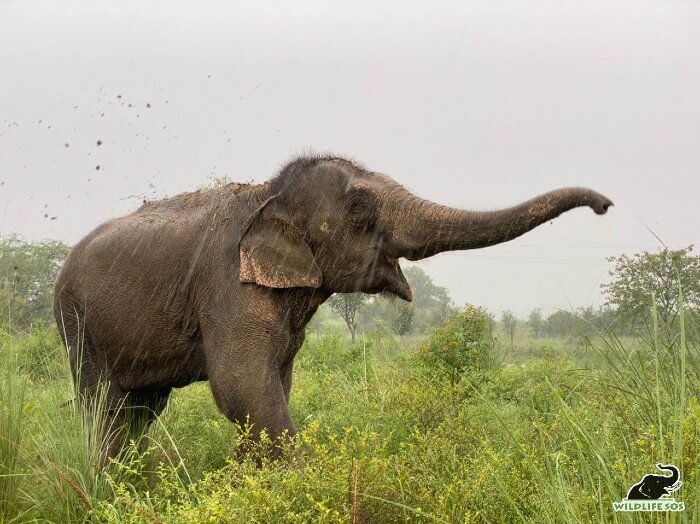
Socialisation plays an important role in aiding the psychological betterment of the rescued elephants, and our team puts a lot of thought into ensuring the same happens seamlessly. Hence, the above-listed factors are taken into careful consideration before the elephant finds the right companions who will aid in their healing journey!





